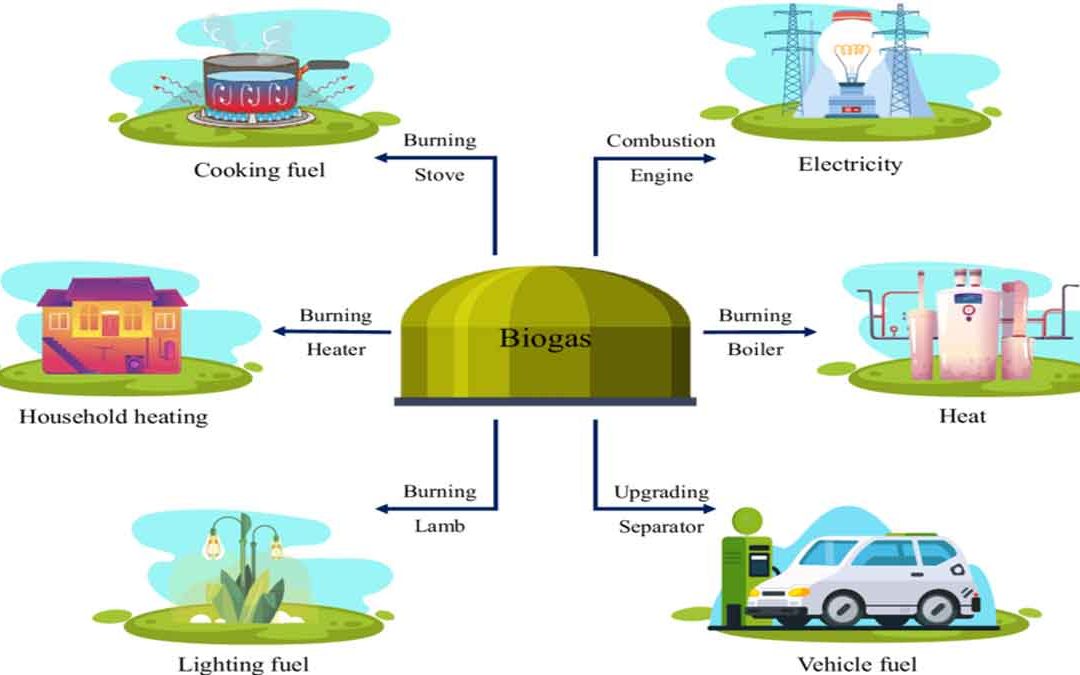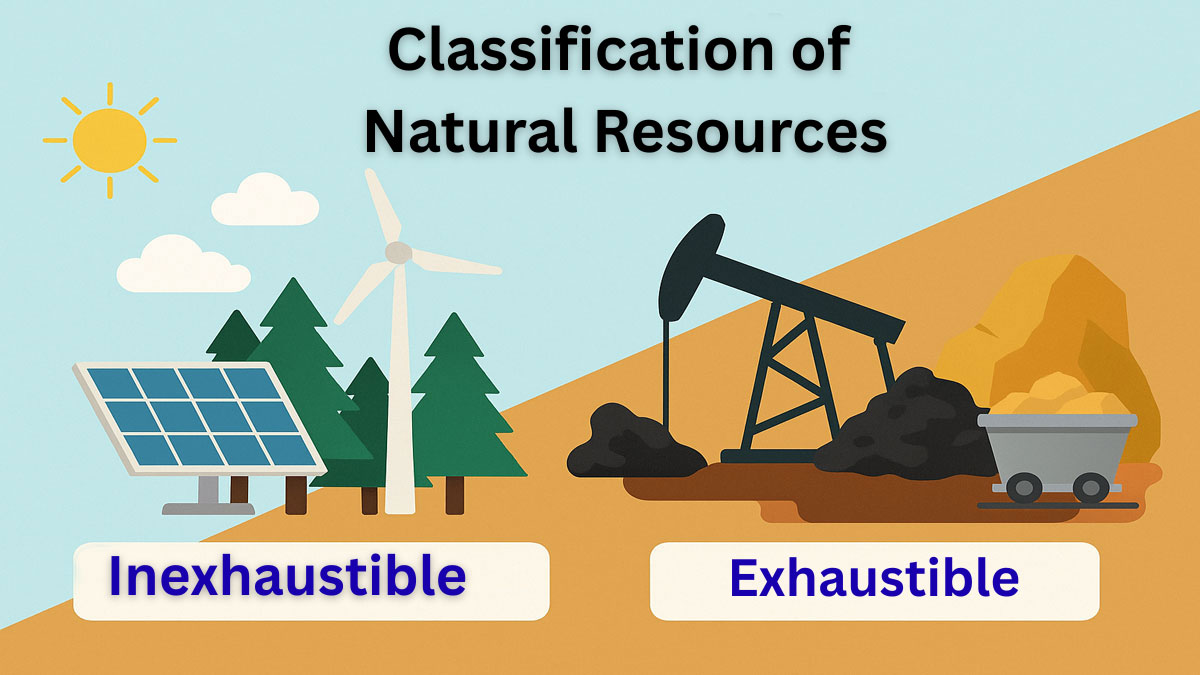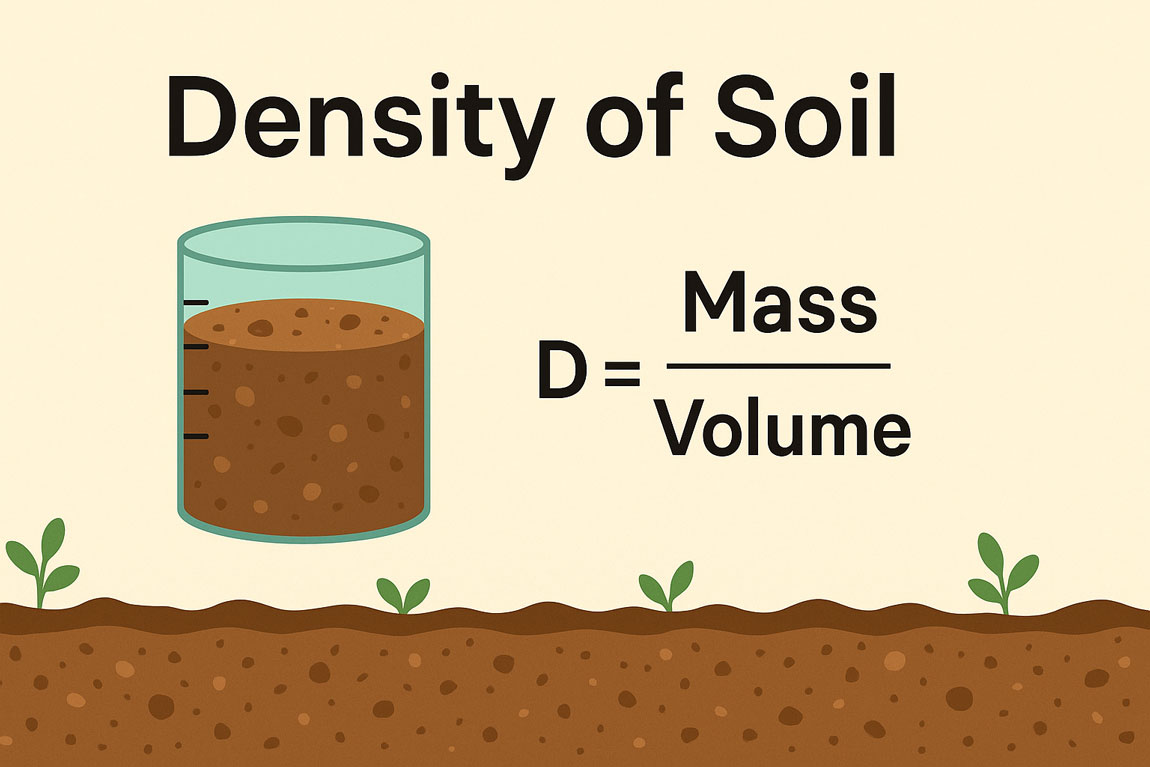Biogas is a useful source of clean energy that comes from waste like animal dung and plants. It can be used for cooking, making electricity, and helping plants grow better with natural fertilizer. Besides being helpful at home and on farms, biogas also helps keep the air and soil clean and makes the environment healthier.
Uses of Biogas:
Biogas has various uses. For example,
- Improved organic fertilizer
- For Mass room cultivation
- Aquaculture
- Purl Cultivation
- Poultry, fish foods
- Seed fermentation
- With the help of biogas, we can drive a gas generator to produce electricity in rural areas.
- We can use a gas incubator to produce chicken from eggs.
- We can use a gas lantern using bio gas at night in the village area.
- Hotels and restaurants can use biogas for cooking by using vegetable and food waste residue.
- We can use a gas heater for heating water during the winter season.
- Different poultry and dairy farm can mitigate their need for gas by using their own animal excreta.
Advantages of Biogas:
- Produces pollution-free biofuel
- Improved organic fertilizer
- The bio product of a biogas plant is improved organic fertilizer. This fertilizer contains organic components like Nitrogen, Phosphorus, Potassium, and Micro Nutrients
- Nutrition’s comparison between Compost fertilizer and biogas residues
- Nutrition’s comparison of Chemical fertilizer and biogas residues from a biogas plant.
Impact on health and environment:
- Reduce the higher level of deforestation.
- Reduce net greenhouse gas emissions.
- Improve air quality and reduce acid deposition.
- Improve soil quality and reduce erosion.
- Reduce land filling by adding value to residues.
- Reduce agricultural chemical runoff.
- Improve sanitation conditions.
- Improve habitat for native wildlife and improve biodiversity.
- Outlining sustainable land use and improved air quality.
- Improved habitat for wildlife and reduced use of fertilizers and insecticides compared with lands used for row crops, protection of riparian areas, and erosion protection for sensitive land areas.
- Reduction of Greenhouse Gases from biomass power takes place because the carbon dioxide released during combustion is absorbed by the plants as they grow.
Conclusion:
Biogas technology, since it uses animal and agricultural waste and returns the waste as fertilizer, with energy as a bonus, is considered the most suitable technology for a developing country like Bangladesh. Most of the population lives in rural areas, the land distribution pattern has a strong relationship with livestock ownership and the financial capacity to set up and operate biogas plants. Only 20% of rural households have more than four livestock per household.
Although according to current technology, a family-sized organic plant requires 4-5 livestock, only well-off households in rural areas can be included in biogas programs. However, there are some social and economic aspects that strongly influence the spread of the use of this technology. However, if we can reduce the problems by using low-cost technology and produce biogas for our daily use, it will be very acceptable for us in terms of environmental, economic, and pollution reduction.






